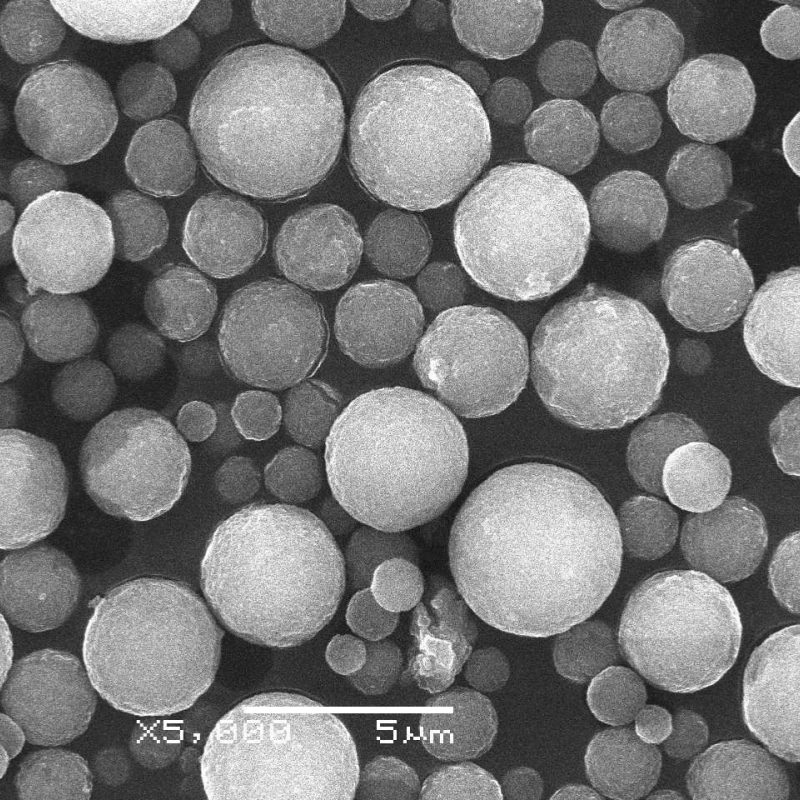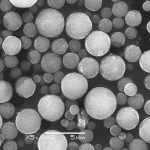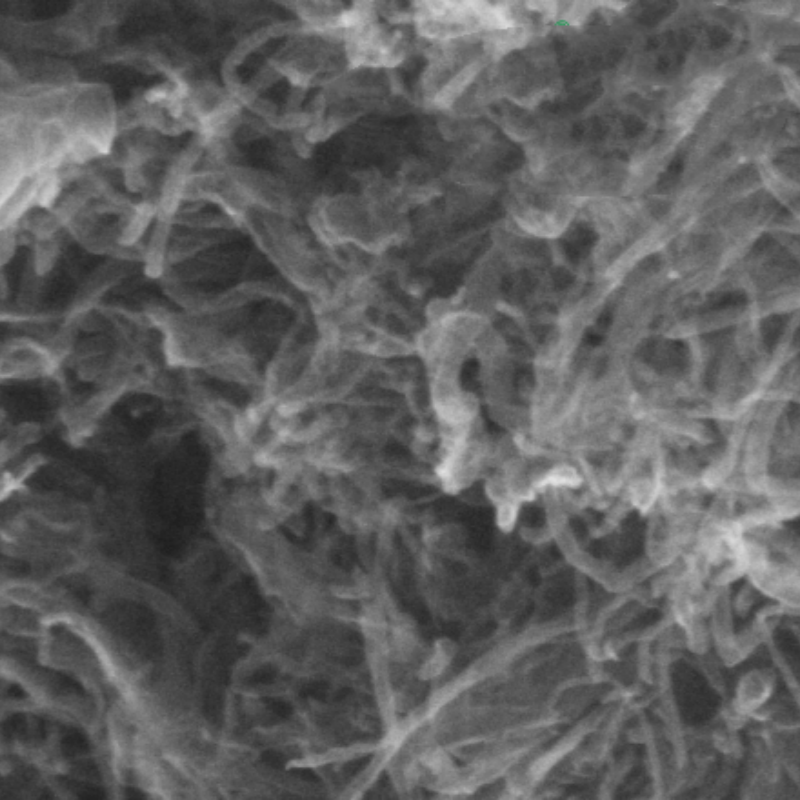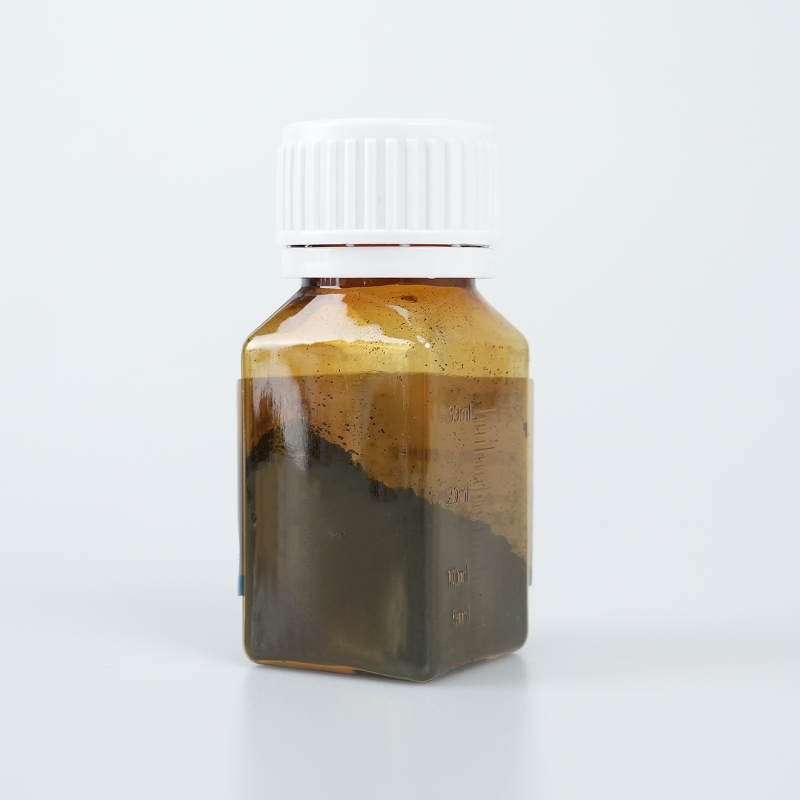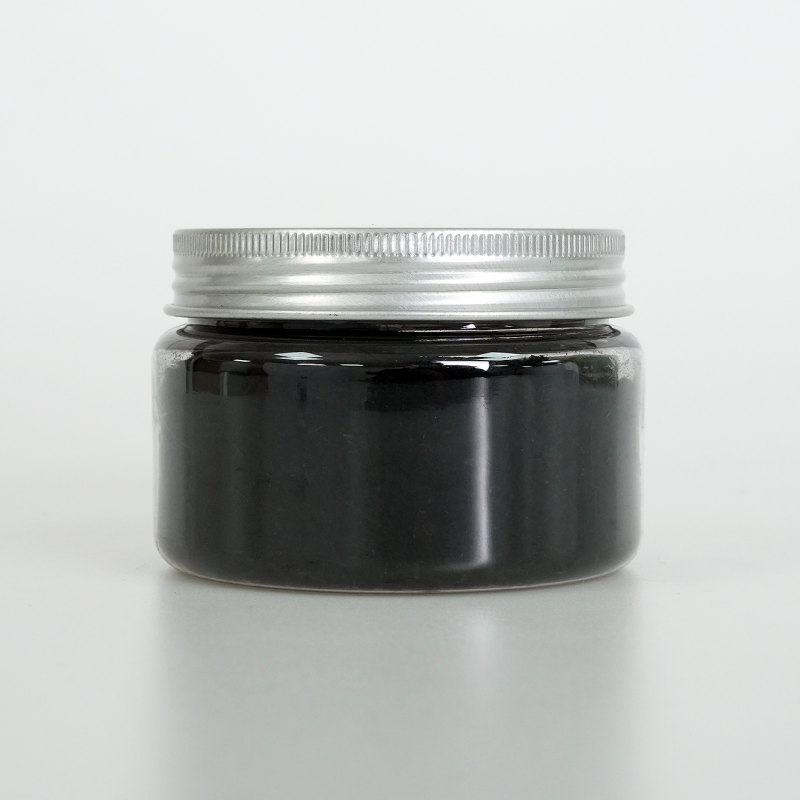Hydroxyapatite (HAP) provides optimized biocompatibility, superior bioactivity, and enhanced structural stability. Designed for biomedical and dental applications, it ensures improved bone integration, extended durability, and high adaptability.
Product Overview
Hydroxyapatite (HAP) is the natural mineral form of calcium phosphate and is the main inorganic component of human and animal bones. Its crystal structure belongs to the hexagonal system and exhibits excellent biocompatibility, allowing it to form chemical bonds with body tissues. Hydroxyapatite has a certain solubility in the body, releasing harmless ions and participating in metabolism, thus promoting bone growth and tissue repair. Its properties make it widely applicable across various industries such as medicine, environmental protection, and chemical engineering.
Key Features
- Excellent Biocompatibility: Hydroxyapatite can form chemical bonds with body tissues at the interface, aiding in bone repair and tissue regeneration.
- Bioactivity: It releases harmless ions in the body, stimulating or inducing bone growth, and contributing to the repair of damaged tissues.
- Solubility and Metabolic Action: Its solubility promotes metabolism and facilitates the exchange of minerals in the body.
- Modifiable and Processable: Hydroxyapatite can be treated or modified according to specific application needs, enhancing its performance.
Applications
- Biomedical Field: Widely used in bone replacement materials, orthopedics, plastic surgery, and dentistry, it helps repair bone defects and is well-recognized as a bioactive ceramic material.
- Environmental Field: Used in wastewater treatment, hydroxyapatite can adsorb heavy metal ions, effectively purifying water.
- Chemical Industry: Used in the polymerization of materials like polystyrene (PS), polyvinyl chloride (PVC), ABS, PMMA, and can also serve as an anti-sticking agent in resin formulations.
- Food Industry: Acts as a safe calcium supplement, providing an effective source of calcium.
- Chromatographic Purification: Applied in the purification steps of chromatography, particularly in the purification of biological samples.
| Parameter | Description |
| State | White powder |
| Synthesis method | Hydrothermal method |
| Ca/P (atomic ratio) | 1.5~2 |
| Microscopic size | Diameter: 20-45 nm; Length: 50-170 nm |
 new material
new material

